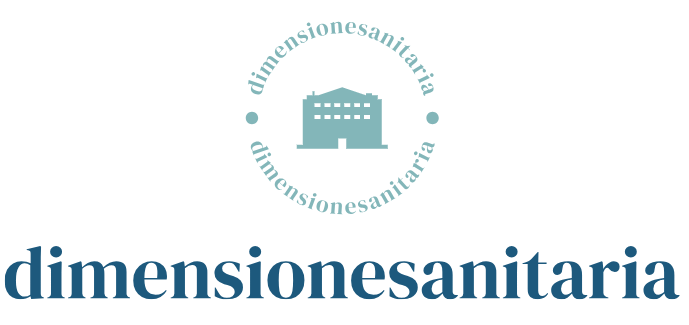Meditation for Bipolar Finding Inner Peace
Understanding the Bipolar Brain and the Need for Calm
Living with bipolar disorder is a rollercoaster. One moment you might feel incredibly energized and creative, the next, plunged into the depths of depression. This emotional instability can make it incredibly difficult to find peace and stability. Traditional treatments like medication and therapy are crucial, but many find that incorporating practices like meditation can significantly enhance their well-being and provide a sense of inner calm amidst the chaos. Meditation offers a way to cultivate self-awareness and manage overwhelming emotions, tools that are particularly valuable for navigating the complexities of bipolar disorder.
The Science Behind Meditation and Mood Regulation
Research increasingly supports the benefits of meditation for mental health conditions, including bipolar disorder. Studies have shown that regular meditation can help regulate the activity of the amygdala, the brain region associated with processing emotions. By calming the amygdala, meditation can help reduce the intensity of emotional highs and lows characteristic of bipolar disorder. Furthermore, meditation practices have been linked to increased grey matter in brain regions associated with self-awareness, emotion regulation, and attention—all crucial for managing bipolar symptoms.
Types of Meditation Suitable for Bipolar Individuals
Not all meditation techniques are created equal. For someone with bipolar disorder, it’s essential to choose a practice that feels comfortable and manageable. Mindfulness meditation, which involves focusing on the present moment without judgment, is often a good starting point. Guided meditations, available through apps or recordings, can be particularly helpful for beginners or those struggling with racing thoughts. Other suitable options include loving-kindness meditation, which focuses on cultivating compassion and self-compassion, and body scan meditation, which involves bringing awareness to different parts of the body to reduce tension and stress. It’s important to experiment and find what resonates best.
Starting Your Meditation Practice: Tips for Beginners
Beginning a meditation practice can feel daunting, especially when managing a mental health condition. Start small. Even five minutes a day is beneficial. Find a quiet space where you feel comfortable and safe. Sit comfortably, either on a cushion or in a chair, with your spine straight but not rigid. Close your eyes gently and focus on your breath, noticing the sensation of the air entering and leaving your body. When your mind wanders—and it will—gently guide your attention back to your breath. Don’t get discouraged by distractions; it’s a natural part of the process. Consistency is key; aim for daily practice, even if it’s just for a few minutes.
Incorporating Meditation into Your Overall Treatment Plan
Meditation shouldn’t replace traditional treatments for bipolar disorder. Instead, it should be viewed as a complementary practice that supports your overall well-being. Always consult with your psychiatrist or therapist before starting a new practice, especially if you’re taking medication. They can help you determine if meditation is a suitable addition to your treatment plan and offer guidance on how to best integrate it into your daily routine. Open communication with your healthcare team is essential to ensure you receive comprehensive and personalized care.
Managing Potential Challenges: Dealing with Hypomania or Mania
For individuals experiencing hypomania or mania, certain meditation techniques might feel overwhelming. If you find yourself feeling overly energized or agitated during meditation, it’s crucial to stop and engage in a calming activity, such as taking a walk or listening to soothing music. Short, guided meditations focusing on grounding techniques can be helpful. It’s important to listen to your body and adjust your practice accordingly. Don’t force yourself to meditate if it’s causing you distress. Remember, self-compassion is crucial.
The Long-Term Benefits of Meditation for Bipolar Wellbeing
With consistent practice, meditation can significantly improve your quality of life. It can help reduce anxiety and stress, improve sleep quality, enhance emotional regulation, and increase self-awareness. This, in turn, can lead to greater stability in mood, improved relationships, and increased overall resilience. Meditation provides a powerful tool for managing the challenges of bipolar disorder and cultivating a sense of inner peace and well-being. It’s a journey, not a destination, and the rewards are well worth the effort.
Finding Support and Resources
Many resources are available to support you in your meditation journey. There are numerous apps offering guided meditations, online communities dedicated to meditation, and local meditation centers offering classes and workshops. Don’t hesitate to seek out support from others who understand the challenges of bipolar disorder. Sharing your experiences and connecting with others can be incredibly valuable in your healing process. Remember, you’re not alone. Click here to learn more about meditation and bipolar disorder.











